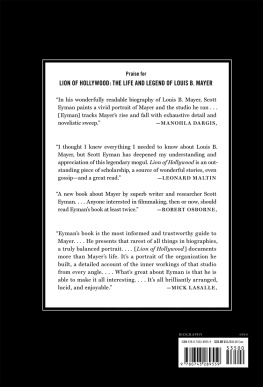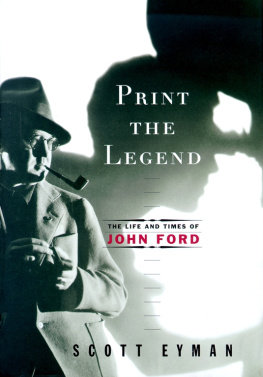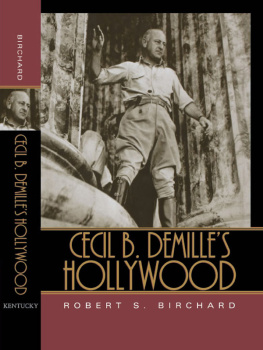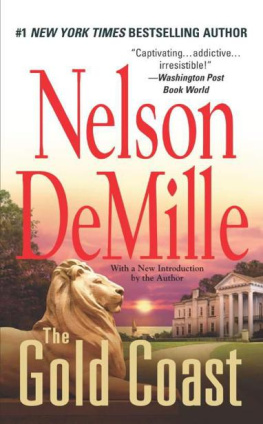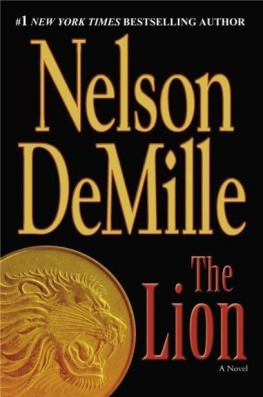
ALSO BY SCOTT EYMAN
Ingrid Bergman
Lion of Hollywood: The Life and Legend of Louis B. Mayer
John Ford: The Searcher 18941973
Print the Legend: The Life and Times of John Ford
The Speed of Sound: Hollywood and the Talkie Revolution, 19271930
Ernst Lubitsch: Laughter in Paradise
Mary Pickford, Americas Sweetheart
Five American Cinematographers
With Louis Giannetti
Flashback: A Brief History of Film
With Robert Wagner
Pieces of My Heart: A Life

 | Simon & Schuster
1230 Avenue of the Americas
New York, NY 10020
www.SimonandSchuster.com |
Copyright 2010 by Scott Eyman
All rights reserved, including the right to reproduce this book or portions thereof in any form whatsoever. For information address Simon & Schuster Subsidiary Rights Department, 1230 Avenue of the Americas, New York, NY 10020
First Simon & Schuster hardcover edition September 2010
SIMON & SCHUSTER and colophon are registered trademarks of Simon & Schuster, Inc.
For information about special discounts for bulk purchases, please contact Simon & Schuster Special Sales at 1-866-506-1949 or business@simonandschuster.com.
The Simon & Schuster Speakers Bureau can bring authors to your live event. For more information or to book an event, contact the Simon & Schuster Speakers Bureau at 1-866-248-3049 or visit our website at www.simonspeakers.com.
Designed by Nancy Singer
Manufactured in the United States of America
10 9 8 7 6 5 4 3 2 1
Library of Congress Cataloging-in-Publication Data
Eyman, Scott, date.
Empire of dreams : the epic life of Cecil B. DeMille / Scott Eyman.1st Simon & Schuster hardcover ed.
p. cm.
Includes bibliographical references and index.
1. DeMille, Cecil B. (Cecil Blount), 18811959. 2. Motion picture
producers and directorsUnited StatesBiography. I. Title.
PN1998.3.D455E94 2010
791.430233092dc22
[B] 2010027710
ISBN 978-0-7432-8955-9
ISBN 978-1-4391-8041-9 (ebook)
In Memory of Richard deMille
19222009
And for Lynn Kalber Eyman,
whose love sustains me.
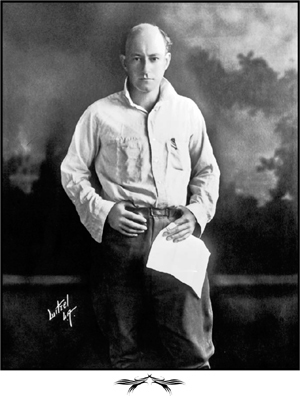
The dynamic, ambitious young Cecil B. DeMille, with eyes that leave no doubt about his determination to master fortune.
Cecil Blount DeMille... rode the fluctuating business deeps as on a surfboard, with gaiety and bravado. If he had any doubts as to his own ability or scope, he never expressed them. He had doubts about his colleagues; he expected the worst in business dealings and was always ready. He was himself a phenomenally shrewd man who augmented an instinct for popular taste with bold and astonishing business coups. His success was a world success, and he enjoyed every minute of it, and it lasted. He kept sex, sadism, patriotism, real estate, religion and public relations dancing in midair like jugglers balls for fifty years.
Agnes deMille
CONTENTS

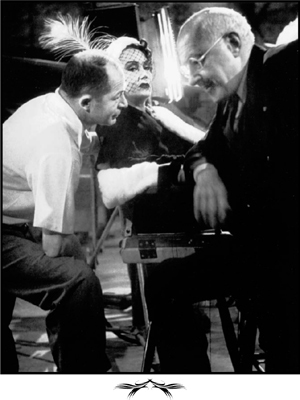
DeMille (right) takes direction from Billy Wilder on the set of Sunset Boulevard, as Gloria Swanson looks on in character as Norma Desmond.
PROLOGUE
On the morning of May 23, 1949, at the Paramount studio on Marathon Street in the heart of Hollywood, Cecil B. DeMille was busily engaged in polishing Billy Wilders dialogue.
May 23 was the first of four scheduled days of work for DeMille on a film called Sunset Boulevard. Although DeMille had wrapped up work on Samson and Delilah in January, a set from the biblical spectacle had been reconstructed to give the impression that the director had been caught during production by the visit of his onetime protge Norma Desmond, played by Gloria Swanson, a star DeMille had discovered.
Wilders films were noted for their pungent dialogue and merciless examination of human cupidity, while of late DeMilles had been noted for the splendid vastness of their images and the frequently silly lines his actors were paid to speak.
But if there was anything Cecil B. DeMille knew, it was how Cecil B. DeMille should sound.
was It must be about that appalling script of hers. What can I say to her? What can I say? In his rushed but legible handwriting, he changed appalling to impossible, and gave the second sentence a more rhythmic quality: What can I tell her? What can I say?
He turned his attention to the flat line: Youll pardon me, Norma. Why dont you just sit and watch? On a separate piece of paper, he wrote a couple of variations. Excuse me a minute Norma, will you? Why dont you just sit here and watch? was one. Another was I wont be a moment, Norma. Why dont you just sit here and watch? And he added, Pictures are different now, you know.
He marked moments that didnt carry dialogue but nevertheless needed some kind of actors accent. At Normas line Thats no excuse. You read the script, didnt you? he added a parenthetical (Look) to indicate a glancing expression of dismay. Likewise, at his line Get me Gordon Cole on the phone he needed to know what kind of transition Wilder was planning before he could decide on his delivery: I presume camera pans off me, or I exit?
After a line from an assistant director: I hear she was a terror to work with, DeMilles scripted line was, She got to be. A dozen press agents working overtime can do terrible things to the human spirit. He cut She got to be and added Not at first. Only toward the end. You know, a dozen...
He noted pieces of physical business (glasses) and refers to himself in the third person: holding her hand in his. He added stage directions, which the script itself lacked. Searching for words he notes of himself at one point.
DeMilles rewrite always stayed within the sense of Wilders original dialogue. He made only one outright objection. His first line to Norma Desmond was originally I havent seen you since Lindbergh landed in Paris and we danced on the nightclub table.
I never go to nightclubs, DeMille told Wilder. And if I did I wouldnt dance on a table, even if Lindbergh flew to Paris twice. And if I did dance, it would be with Mrs. DeMille. The lines were reworked.
Throughout his revision, DeMilles polish lessens the staccato rhythm of Wilders dialogue into something more conversational, more graceful, with special attention paid to cadence.
At 10 A.M., DeMille was called to the set, and Wilder began shooting the sequence that would place Cecil B. DeMille in historical context as much as any of the seventy films he directed.
Wilder placed all sorts of personal DeMille totems throughout the picture as in-jokes. A miniature statue of Dagon, the pagan idol whose destruction serves as the climax of Samson and Delilah, is featured in the New Years party at Norma Desmonds house. The bed that Desmond sleeps in was hauled out of the prop room at Paramount, where it had lain since DeMille used it twenty-five years earlier.
Throughout DeMilles four days of shooting, Paramounts A. C. Lyles was on the set, and said, to see the affection and the respect DeMille gave Gloria Swanson off camera. He was... gallant with her all the time.
Next page
